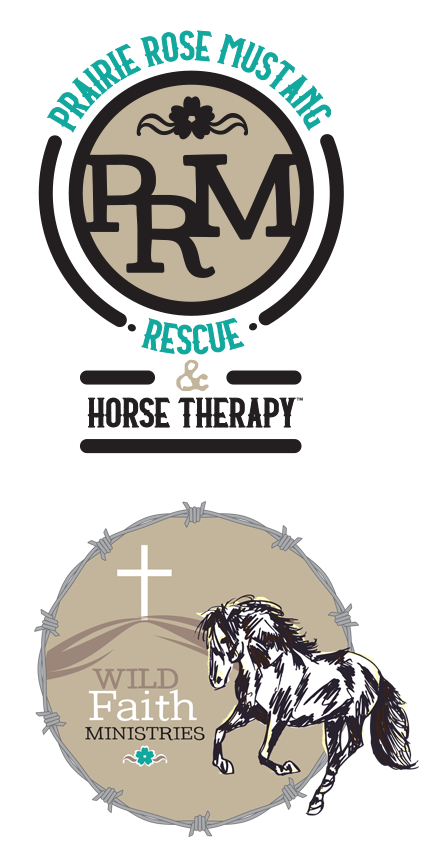Building trust with a horse who has experienced feeling unsafe, food insecure, or hurt will take whatever time the horse needs to overcome and work through events of the past. Whether the horse was previously handled by humans or had little to no previous training, will create a starting point that is unique to each situation. When working with a horse to help heal, understanding pressure and release; choice and reward; and improvements by increments are important aspects.
Understanding the Pressure and Release Method
A pressure and release method of training is a typical method used to communicate requests such if the horse is asked to move, the pressure used is removed once the horse does so. Persistence with each request is also used to show the horse that the correct behaviour provides them rest as the undesired behaviour will cause the pressure to continue. So a request is done again until it is finally done in a right or safe manner as asked. But pressure and release might be too much of a big starting point with a horse who has been afraid or has come to feel that she must fend for herself.
Understanding the Choice and Reward Method
Instead of using pressure and release initially, offering free choice with reward can be a bridge towards trust. First establish the simplest starting point. Perhaps that may be just your presence in the enclosure with her. If your body language is relaxed with non direct eye contact and your shoulders turned to her somewhat, how long does it take for her to go beyond noticing you to trying to figure you out? Does she start to feel safe with you there? Does she eventually let you approach or does she come closer to you? Will she take grain from a bucket that is close to you? And then will she take grain from a bucket you are holding? Soon she might move towards you for reward given to her from a treat bag worn at your hip.
A concern with the choice and reward method is that it could create a pushy or aggressive horse with a nipping or biting habit. To reduce the chance of such negatives, it is important to be consistent that the treat is given and not taken and that the horse is only treated when she is respectful of your space. When asking the horse to come, a hand signal is given and when the horse comes into the space of your arm and pauses there without pushing, a treat is ready for her reward. In time, the horse may respond readily to your hand signals to come, and follow you when you walk away. Trust builds as she comes to learn she is always safe with you.
Understanding Improvement by Increments
Establishing a starting point and progressing in slight increments from there to achieve the desired behaviour as an end goal — rewarding even the slightest accomplishment towards that desired outcome. The greatest cause of frustration is having expectations, so removing expectations will allow for a journey to become more organic in nature. Every little ground gained is a gift and worthy of a little celebration either with word, affirming touch, or treat. With each session it might seem that not much is accomplished, but bit by bit each interaction builds on the previous and little increments of improvement will add up.
Using finesse with the pressure and release method as well as with the choice and reward method can be a journey in itself. But the patience will be well rewarded as the horse transforms towards trust. Each horse will respond in their unique way and in their own time, but the increments of their improvement will eventually accumulate into big steps forward for the bond between horse and handler.
